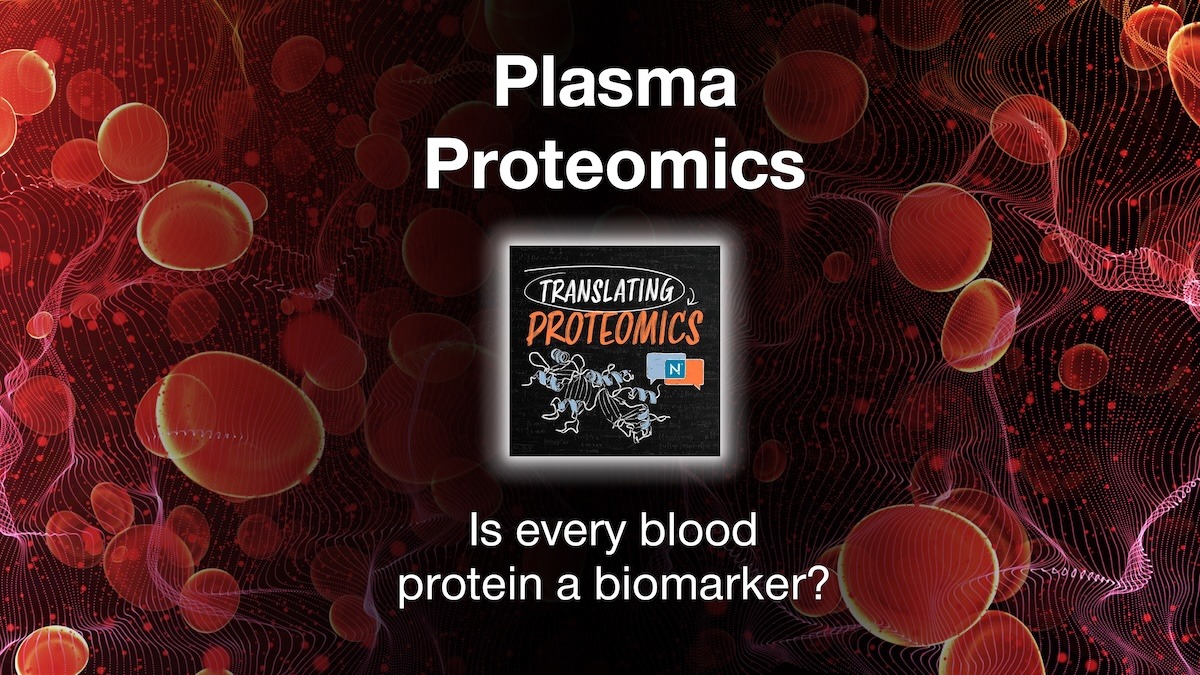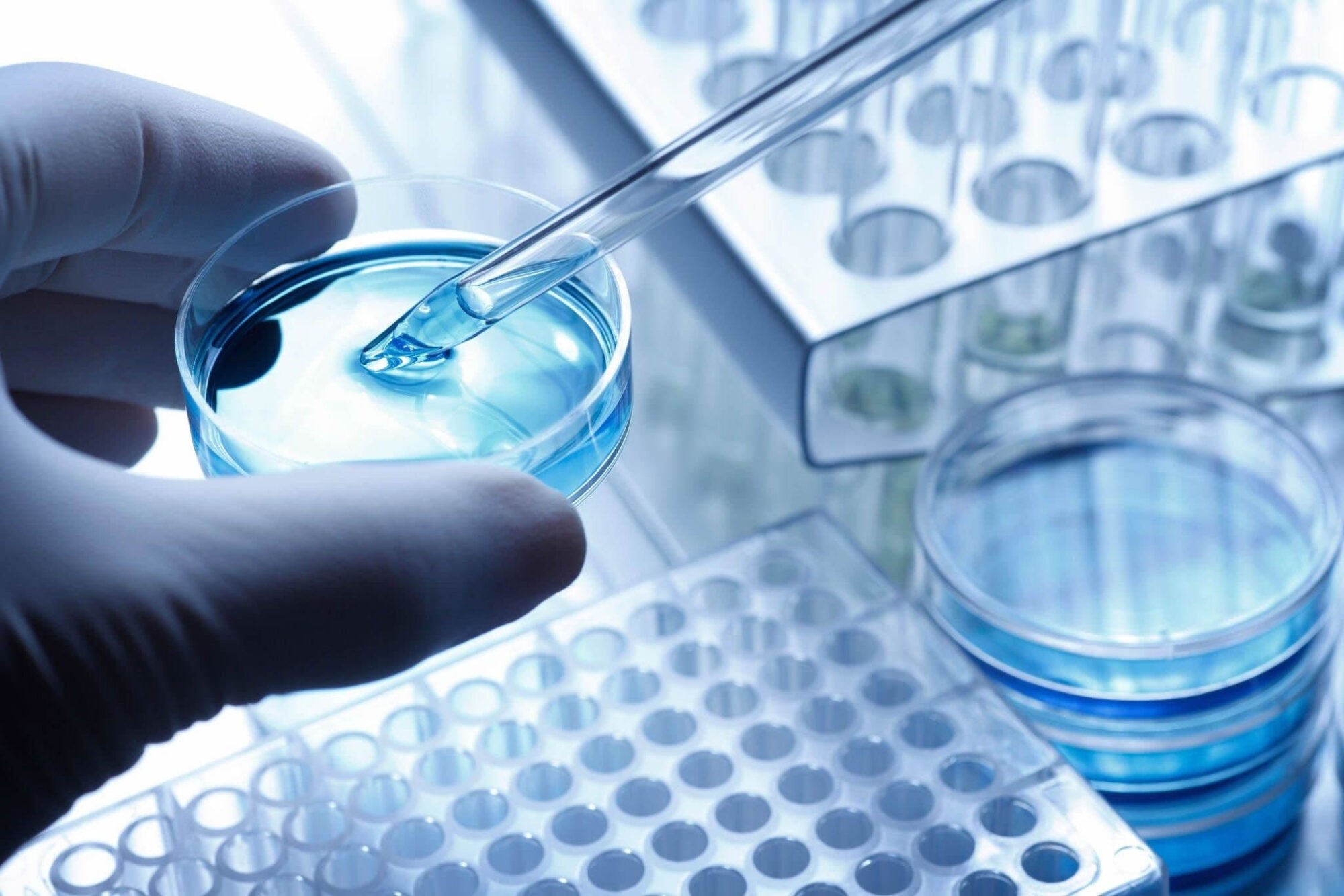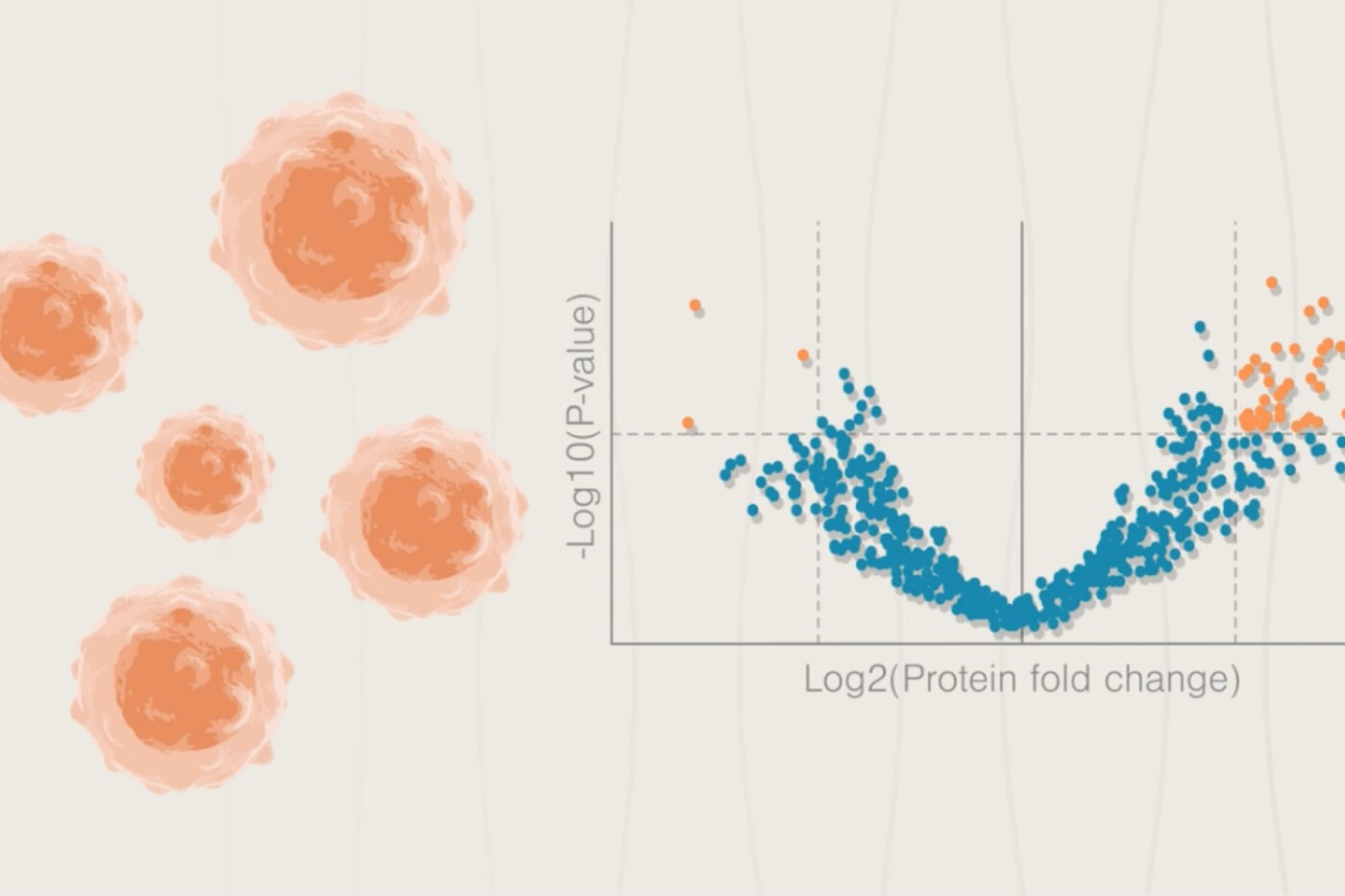
In-depth and comprehensive views of the plasma proteome may transform biomarker discovery. Tissues all over the body feed into the plasma proteome meaning it conceivably holds proteins from all these tissues. This rich source of information may hold immense possibilities for diagnostics and monitoring, but plasma proteomics also presents significant challenges due to its dynamic and complex nature.
“Every single molecule in plasma is a biomarker. We just haven’t figured out how to decipher the signal,” asserts Andreas Huhmer, Nautilus’ Senior Director of Scientific Affairs and Alliance Management on Episode 11 of the Translating Proteomics podcast. He joined Parag Mallick, Nautilus Co-Founder and Chief Scientist for a wide-ranging discussion on the therapeutic opportunities inside the plasma proteome, the challenges of unlocking them, and how new technologies and approaches may put comprehensive plasma proteomics within reach.
What Is plasma proteomics? Plasma proteomics is the study of all proteins found in blood plasma, the liquid portion of the blood. Proteins shed from tissues across the body circulate in plasma, making it a biological “sink” for molecules reflecting physiological and pathological processes. Blood is also just a fingerprick away, and that accessibility makes plasma proteins attractive targets for biomarkers, especially when compared to biomarkers requiring invasive biopsies or imaging techniques.
Plasma proteins also vary in terms of shedding rates from tissues, clearance dynamics, and propensity for degradation, Parag says. Thus, measuring proteins with different lifetimes in the blood enables researchers to learn about processes occurring at different time scales. For example, some tumor proteins may be both shed and cleared slowly. These may build up in the blood over time and researchers may be able to measure them to detect even very small tumors. Other proteins that are shed rapidly could be used to monitor therapeutic responses, giving almost real-time feedback.
Watch Parag and Andreas discuss the promise of plasma proteomics
The challenges of plasma proteomics
There are several real hurdles, both technical and analytical, to utilizing plasma proteomics at scale. The first is the complexity of the plasma proteome. Plasma contains proteins from nearly every tissue, creating a mixture of signals that complicates analysis. Identifying the origins of specific proteins and the mechanisms by which they enter plasma remains a key challenge.
“It’s so complex that it is really difficult to utilize plasma as a reliable source for measuring biomarkers simplistically,” Andreas says.
This work is ongoing: Sharon Hori’s lab at Stanford is developing models that tie blood biomarkers to tumor growth. A 2023 paper by Shashi Gupta and coauthors similarly looked for plasma proteomics biomarkers for growing tumors.
Another issue is that high-abundance proteins dominate the plasma proteome. Current detection technologies frequently struggle with subtle signals. As a result, high-abundance proteins often obscure the low-abundance proteins that may make great biomarkers.
Compounding this issue, most studies rely on single-time-point blood draws. Traditional single-time-point sampling fails to capture dynamic changes in plasma proteins, Andreas says, missing important information.
“For significant progress in the biomarker field, we’ll have to do a lot more time trials rather than trying to go really deep and finding the smoking gun,” he says.
Longitudinal sampling, which measures proteins across multiple time points, provides richer insights into disease progression and treatment responses. It may also reveal critical trends in disease progression or therapeutic responses but is rarely implemented due to logistical constraints.
Watch Parag and Andreas discuss whether blood plasma really is the best source of biomarkers.
Advances in plasma proteomics
We’re now at a moment where recent advances, as well as technologies on the horizon, may begin to address these significant challenges, giving researchers the sensitivity and specificity they need to make plasma proteomics a reality. Enhanced sample preparation and protein measurement techniques are improving the ability to detect even low-abundance plasma proteins, a critical step forward for biomarker discovery.
Interns in Parag’s own lab recently tested a variety of plasma proteomics workflows. While these all have their own tradeoffs, they give scientists options. For example, extreme perchloric acid precipitation effectively depletes high-abundance proteins from plasma and makes it possible to see low abundance proteins, it also decreases the total number of proteins observed.
Another innovation, extracellular vesicle (EV) enrichment, can more specifically capture proteins from particular tissues. While powerful for isolating certain biomarkers, this method has coverage limitations, missing proteins outside of vesicles.
It’s indicative of the persistent tradeoff in plasma proteomics between depth — measuring the least abundance proteins — and coverage, analyzing a wide array of proteins. Each method involves some mixture of these attributes, but it’s still not possible to get a readout of everything.
Researchers are also exploring the dynamics of how proteins enter plasma, a complex process influenced by their biophysical properties. Variables like protein size, charge, and hydrophobicity, as well as susceptibility to biochemical degradation, play critical roles. Understanding these dynamics requires models that account for both the rate at which proteins transfer into plasma and their clearance mechanisms, such as hepatic filtration or enzymatic degradation.
“What makes it challenging are the biophysical properties of proteins,” Parag explains. A wide array of factors, often unique to a protein, determine not only how proteins enter plasma but also how long they remain detectable. This is important information for any potential plasma protein biomarker, meaning a better understanding of each protein is needed before it can be used in the clinic.
Looking ahead, Andreas sees opportunities to combine proteomics data with other biomarkers, such as circulating DNA or metabolites, to provide richer, more contextualized insights. This multiomic approach could enhance diagnostic specificity and better link biomarkers to their tissue of origin.
“As we continue to find the perfect technique for plasma proteomics, we might just take advantage of the many other biomarker signals that are present in humans,” Andreas says. However, he cautions that this integration must be approached carefully, with a clear understanding of the biological context.
While current methods each have limitations, these advances represent significant progress in tackling the complexity of the plasma proteome. Continued innovation and interdisciplinary approaches are expected to refine these techniques further, bringing researchers closer to the goal of comprehensive, actionable biomarker analysis.
Watch Parag and Andreas discuss advances in plasma proteomics
The future of plasma proteomics: Richer insights from improvements to affinity techniques and thoughtful experimental design
One common pitfall in the industry is the desire to have perfect information about the proteome before proceeding, Andreas says, a big ask given the size and dynamic range of the plasma proteome.
“There’s an obsession with finding a biomarker by covering every single protein at every concentration level. And obviously, that’s the most difficult way to approach this,” he says.
To get around some of these difficulties, researchers are turning to targeted strategies powered by advanced analytical tools like artificial intelligence and computational models. These technologies have the capacity to transform biomarker discovery by identifying patterns and relationships within large datasets. However, this shift underscores the importance of collecting clean, well-organized data on a large scale. Proper sample handling protocols and reproducible methodologies are critical to ensuring the reliability of AI-assisted efforts, Parag says.
Longitudinal sampling is another essential component of the future of plasma proteomics. By analyzing multiple time points, researchers can track changes in protein levels, potentially informing tailored diagnostics and more precise treatments. This approach offers a stark contrast to traditional single-point sampling, which often fails to capture the dynamic complexity of disease progression or therapeutic responses.
Advances to affinity-based techniques are also expanding the horizons of plasma proteomics. Improvements to these methods may enable researchers to measure hundreds or even thousands of proteins simultaneously, enabling larger population studies that can establish baseline biomarkers for health and disease.
Those baselines could be “tremendously insightful” for studying things like inflammation, Andreas suggests. They might show “this is the set of proteins you might want to specifically focus on. And maybe that way we can design experiments around sample handling, around fractionation, and then specifically around detection.”
While plasma proteomics holds immense promise, significant technical and analytical challenges remain. By addressing its inherent complexities and adopting interdisciplinary approaches, researchers can unlock plasma’s secrets to improve healthcare outcomes. The NautilusTM Proteome Analysis Platform is designed to align with these needs, offering enhanced sensitivity and ease of use to make discovering low-abundance proteins in longitudinal analyses possible. As technologies and methodologies evolve, plasma proteomics may finally come into its own as a trusted source of information on what’s happening inside the body.
MORE ARTICLES



